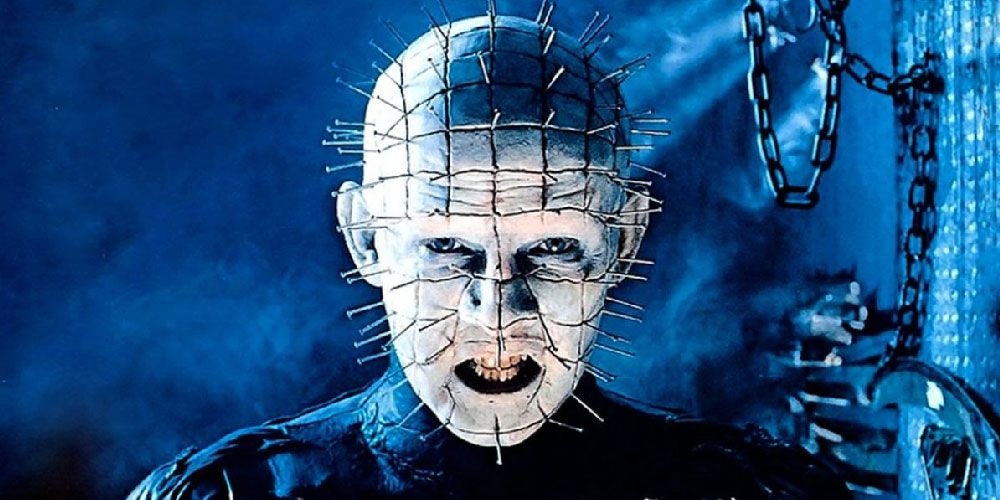When asked to picture “body horror,” we conjure images that are best described as repulsive: growths of new appendages, spurts of pus and blood, dermatological mutation into some abject new form. But therein lies the beauty of the genre: What if you couldn’t distance yourself from something horrific, because it’s impossible to escape your own flesh and blood? If you find yourself in a body-horror film — perhaps you shared a ride in a teleportation pod with an insect, or were propositioned by transdimensional clergy to expand your kink horizons — you are probably in the process of losing agency over freaky stuff happening to your skin, organs, or tissue. If you’re lucky enough to just be watching some other poor sod fall victim to an inhuman metamorphosis, you are probably terrified that this could all happen to you. You also have a body, after all, and have just seen firsthand a few gruesome reasons to be very suspicious of it. But maybe, in both scenarios, you find something liberating in a new perception of your body, skin, or consciousness. Body horror doesn’t just see the body as a site of violation, but of fascination; filmmakers have for decades plumbed a tactile intimacy that attracts as much as it repels, and focusing on the tension between these impulses has given us the best, freakiest, strangest looks into these sacks of flesh we carry around with us…


